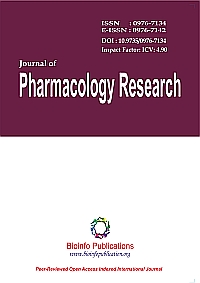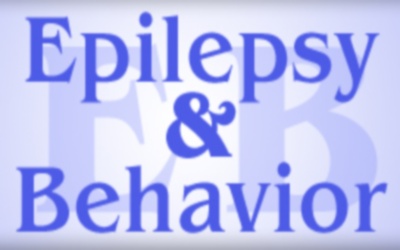
“Cannabidiol (CBD) is a major nonpsychoactive cannabinoid of marijuana.
Based on reports indicating possible efficacy of CBD in dystonic movements, we tried CBD in three patients with Huntington’s disease (HD).
The patients;, aged 30 to 56, had HD of 7 to 12 years’ duration. Their condition has been slowly progressive and unresponsive to prior therapy with neuroleptics. Orally administered CBD was initiated at 300 mg/d and increased 1 week later to 600 mg/d for the next 3 weeks.
Mild improvement ( 5 to 15%) in the choreic movements was documented using the tongueprotrusion test and a chorea severity evaluation scale after the first week. Further improvement (20 to 40%) was noticed after the second week of CBD, and this remained stable for the following 2 weeks.
Except for transient, mild hypotension, no side effects were recorded, and laboratory tests were normal. Withdrawal of CBD after 48 hours resulted in return of choreic movements to the pre-CBD state.”
http://www.druglibrary.org/schaffer/hemp/medical/hunting1.htm









